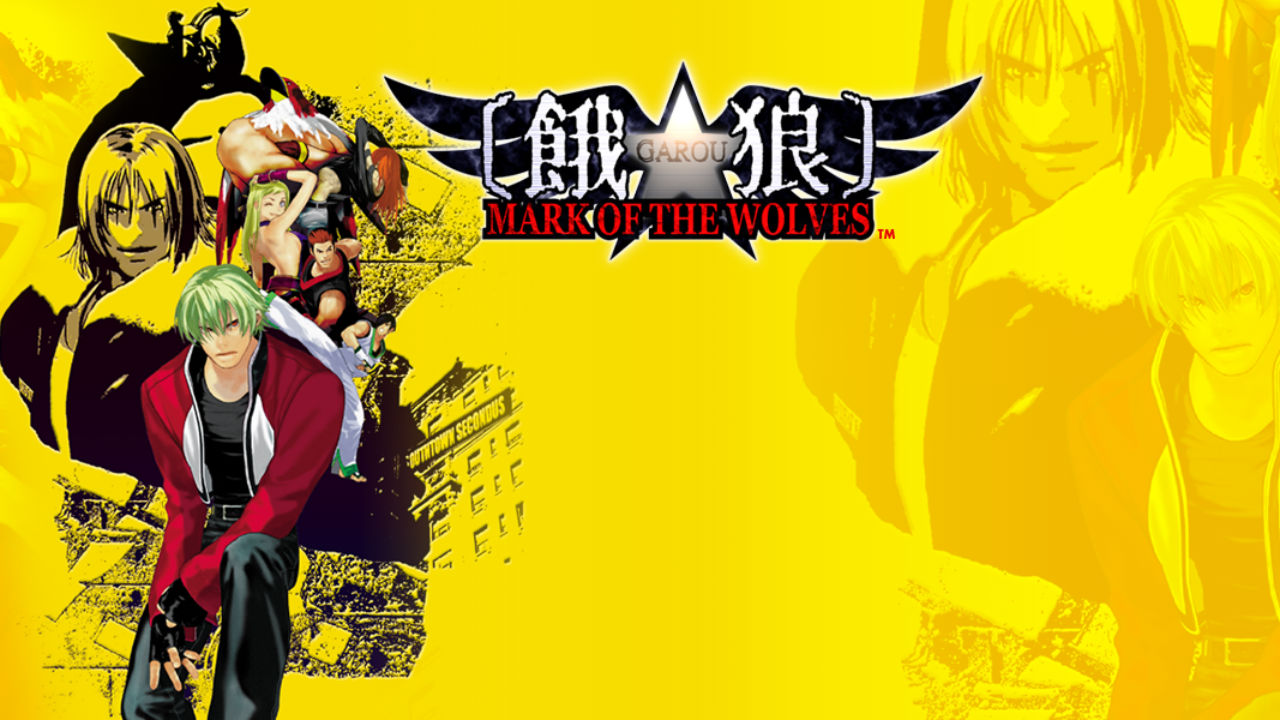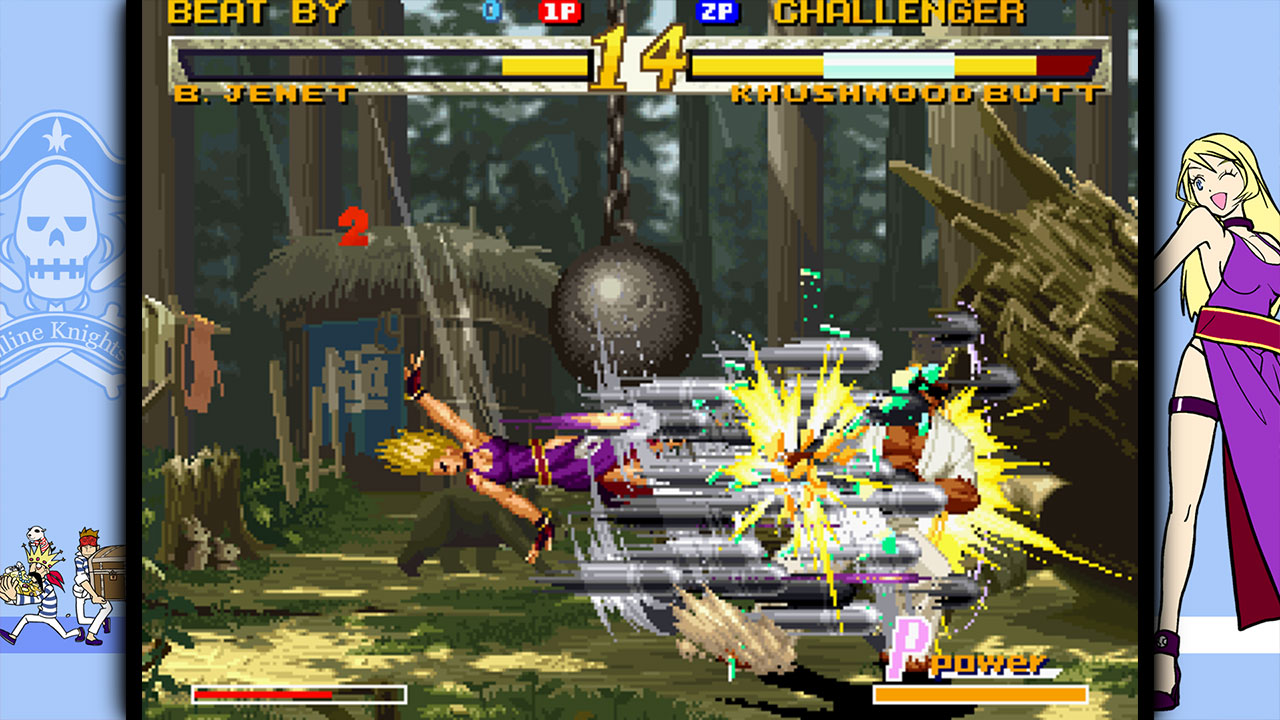Gorgeous sprites, perfect fights: You should be playing Garou Mark of the Wolves

What is it?
One of the most intricately drawn 2D fighters in SNK’s classic era.
Play it if you like...
Street Fighter 3, Fatal Fury, The Rumble Fish and simple but technical 2D fighting games.
- Format: PS4, PS Vita
- Price: $14.99
- Release date: Out now
SNK is back. Starting in the late ‘70s, SNK pumped out dozens and dozens of vividly detailed 2D arcade games, most of them in the company’s famous multi-game Neo Geo arcade cabinets. While most of the company’s action and sports games are more beautiful and weird than truly great, its fighting games are rightly respected even now as some of the greatest ever made. Capcom had Street Fighter 2, yes, but SNK had Art of Fighting, Samurai Shodown, King of Fighters, and Fatal Fury.

The 21st century hasn’t been as kind to SNK. Dwindling fortunes in the early ‘00s saw the company acquired by a pachinko company before declaring bankruptcy in 2001 and eventually reopening as SNK Playmore, an incarnation that never recaptured the creative spark of the original even though it shared much of the same staff. It’s a new era for the house of Neo Geo, though. Hot off the success of King of Fighters 14, it’s rebranded itself once more as just SNK and it’s taken on its old catchphrase: “The Future Is Now.” And its first release as plain old SNK is Garou: Mark of the Wolves, its brilliant 2D fighter that first came out when everything started going wrong at the turn of the century. It’s the living embodiment of a second chance for both a great game maker and one of its little played classics, right on PlayStation 4.
Garou is actually a sequel in the Fatal Fury series of fighting games, and it’s redolent with that Fatal Fury style. Characters are strikingly wrought in pixel graphics but they’re not as flamboyantly cartoonish as those in Street Fighter or SNK’s own King of Fighters (which is itself a Fatal Fury spinoff.) Returning characters like Terry Bogard and newcomers like Khushnood Butt - yes, that is his real name - look more like martial artists out of a dramatic martial arts comic rather than a pyrotechnic anime fighting game. The stages they fight in are equally detailed, changing as the best-of-three round fights progress. In one you square off on a moving train before the duking it out in a bustling station in the second round. Part of the joy of Garou is just looking at the animation and moving the characters. This was SNK at its creative and technical peak, making hand drawn games with the vivid fluidity of a cartoon but still looking distinctively a game. It’s the type of animation that new hand drawn fighters like Skullgirls and retro-themed indie games with pixel graphics can never, well made as they are, seem to match.

You should be playing Garou: Mark of the Wolves because it’s beautiful and a document of SNK’s history, yes, but also because its fights are spectacular. Most fighters of the era had already embraced the combo-obsessed theatrics that still dominate the genre today. Garou instead focuses on heavy hitting characters and patient strategy, encouraging you to learn how different characters move rather than learning strings of attacks that can look flashy and dominate a match. There are super moves, but they’re less significant than the game’s “Tactical Offense Position,” which is its fancy technical name for its health system. When you reach a certain threshold of health, your character gets a little more powerful, can do specific maneuvers only available in those conditions, and can even recover a bit. The result is fights that feel dramatic and prone to sudden turnabouts, but not reliant on flash to get your blood up.
The first time Garou: Mark of the Wolves was actually available to play at home in the West was November 2001, just weeks after the original SNK declared bankruptcy and put its intellectual property up for sale. It was a gorgeous epitaph for a faded icon. Now it’s an ember burning inside a new flame.
Weekly digests, tales from the communities you love, and more
You Should Be Playing celebrates innovative, unexpected games that belong on your radar, with a new game every Monday at 0900 PST / 1700 GMT. Follow @gamesradar on Twitter for updates.



